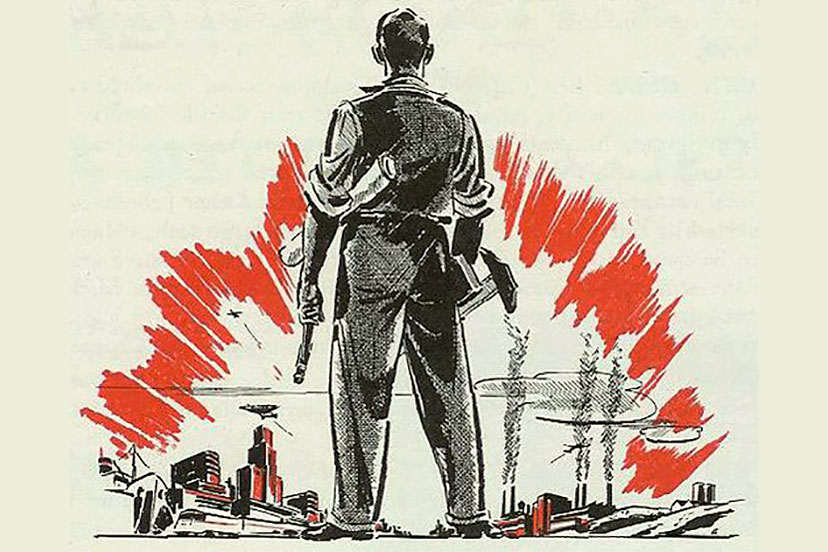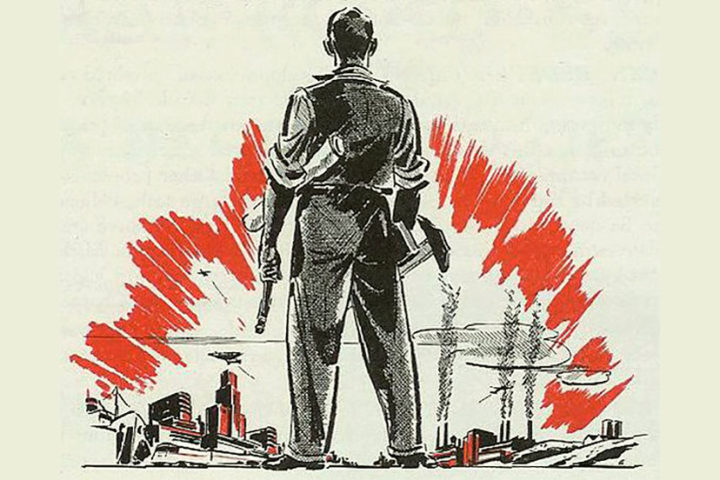I mentioned money in Part Three of this editorial series… how money is necessary for repairing a broken system, but how money, used improperly, can also make everything worse.
The Archuleta Board of County Commissioners have been discussing the housing crisis, off and on, since about 2001. Back then, it wasn’t really a crisis like it is today, and the previous Commissioners — a slew of them — did little to address the worsening problem, other than agree that it probably was a problem, and fund a couple of housing studies that sat on a shelf, gathering dust.
When a proposal came to our current commissioners, this past summer, from the County Planning Commission, to cap the number of residential homes being converted into mini-motels — Short-Term Rentals, vacation rentals — the BOCC rejected the idea, and have continued to allow nonstop conversions of residential homes into tourist housing.
The apparent assumption being that tourists deserve better housing than local residents, because tourists can pay more.
But over the past couple of months, the BOCC did take a couple of small steps to encourage smaller, more affordable housing for our local workforce. (The ‘free market’ having utterly failed to provide the same.) According to a recent story by reporter Clayton Chaney in the weekly Pagosa Springs SUN:
At a work session held by the Archuleta County Board of County Commissioners (BoCC) on Tuesday, Sept. 14, the board discussed a potential new resolution on providing incentives for owner/renter-occupied homes…
…Paralegal Mary Helminski drafted a resolution to provide tax incentives for residential units priced below $300,000.
In a later interview with Commissioner Ronnie Maez, he stated, “It’s not a tax incentive; it’s designed for more housing incentive.”
So SUN readers may have been confused, by an article stating that “a resolution to provide tax incentives for residential units” was discussed by the BOCC, after which one of the commissioners stated that “it’s not a tax incentive.”
This resolution will be further considered, and perhaps approved, at next Tuesday’s BOCC meeting.
To put the number “$300,000” into some perspective… if we’re really going to discuss tax incentives for necessities like housing, we might want to consider who will be able to afford a $300,000 house.
According to a handy little “Housing Cost” calculator provided by the Colorado Housing and Finance Authority, in order to qualify for a $300,000 mortgage — assuming a $20,000 down payment — a family would need to be earning $75,000 a year. (This assumes a 4% interest rate on the mortgage.) A person earning $75,000 per year is making $36 an hour and working 40 hours a week, year-round.
According the Residential Housing Survey conducted by Pagosa Housing Partners (PHP) this past summer, approximately 71% of the respondents earn less than $60,000 annually. (The survey didn’t ask about specific incomes greater than $60,000). That percentage includes retirees, who are often more financially secure than our working families.
The US Bureau of Labor Statistics gives the average wage in Archuleta County as less than $42,000, if a person is working 52 weeks per year. With those numbers in mind, it would appear that the BOCC wants to provide “housing tax incentives” for families that earn far more than even the average retired couple, to say nothing about an individual worker trying to make ends meet in the community.
It would appear that a $300,000 house is far beyond the means of almost all of our working households — at least, the ones who responded to the PHP housing survey — even if they could come up with a $20,000 down payment…
Would a tax incentive program that targeted $200,000 homes make more sense? On one hand, it would, except that there are no construction companies in Archuleta County (that I know of) that are building homes in that price range. Which might suggest that the BOCC is willing to give tax breaks to the people who don’t need them.
Some might argue that incentives provided from taxes collected in Archuleta County should not typically be used to help provide human necessities like food and shelter for community residents. Whether these same people would object to the hundreds of thousands of dollars that the BOCC and Town Council have provided to support private Internet companies, for broadband development, I cannot say.
Nor can I say whether these same critics might have negative feelings about the expenditure, by the BOCC and Town Council, of $8.9 million to promote tourism and tourist-oriented businesses, over the past few years.
Or $300,000 in tax revenues donated by our local governments for pickleball courts?
Our regular Daily Post readers probably understand that I’m not opposed to the use of local taxes to help our workforce live in safe, reasonable housing — considering that we would have no economy at all without a competent workforce. Our readers may be aware that I serve on the board of the 501c3 nonprofit known as Pagosa Housing Partners, whose mission is to advocate for solutions to the worsening housing crisis in Archuleta County. (My opinions in the Daily Post do not necessarily reflect the opinions of the Pagosa Housing Partners board as a whole, however.)
Anyone who has read and enjoyed the 1961 book by Jane Jacobs, The Death and Life of Great American Cities, will understand that Ms. Jacobs was not describing small towns like Pagosa Springs. Her journalistic material was large American cities, where millions of strangers lived in successful or unsuccessful neighborhoods and districts. But her central theme — that communities exist to serve the people who live within them, and not the whims of government or business leaders — can be applied to even an isolated Colorado community of 13,300 people.
Yet, we often do find our lives steered, in this or that direction, by decisions made in (closed-door?) meetings between government officials and private developers.
The vast majority of these government and business leaders have the best of intentions. (You could say the same, perhaps, for the local news media?) The hardest part of any project, however, is when you begin to wonder if you’ve made a big mistake — sometimes a very expensive mistake — or when you start to suspect that certain information you had been relying upon was incorrect.
That is to say, when you take a hard look at yourself, and the facts, and realize the Titanic is headed directly for an iceberg, and that a change of direction is desperately needed.
Like, right now.


